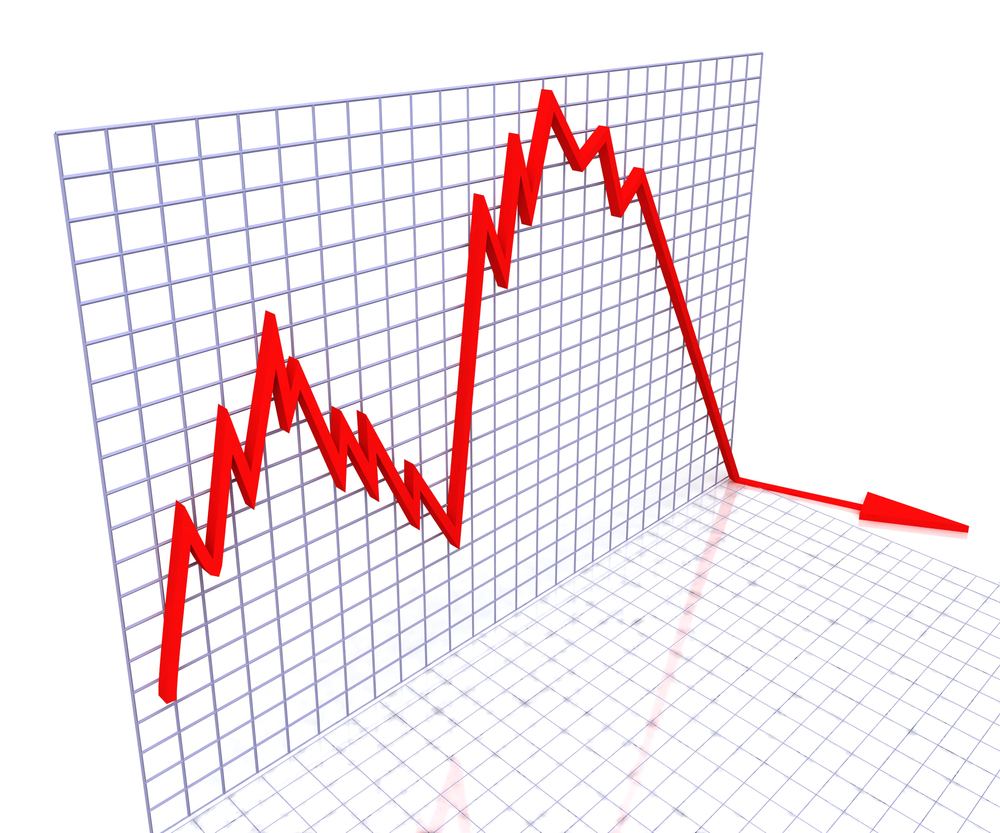 It sounds like a fabulous idea: a bipartisan bill to end big commercial bank bailouts. Though it probably won’t pass, there are certainly many good things in the freshly minted Terminating Bailouts for Taxpayer Fairness Act, co-sponsored by Sherrod Brown (Ohio-D) and David Vitter (La.-R).
It sounds like a fabulous idea: a bipartisan bill to end big commercial bank bailouts. Though it probably won’t pass, there are certainly many good things in the freshly minted Terminating Bailouts for Taxpayer Fairness Act, co-sponsored by Sherrod Brown (Ohio-D) and David Vitter (La.-R).
Greater transparency? Like it. Juggernauts like JPMorgan Chase with over $500 billion in assets forced to hold more capital to protect against losses? This is a terrific proposal, the one big idea that would at a stroke make bank bailouts a lot less likely. No more taxpayer funds to bail them out? Three cheers, even if one doubts that federal authorities will ever dare to let another behemoth go down after their ghastly experience with Lehman.
But there’s more to this bailout bill than meets the eye — much more than many progressive cheerleaders realize. Some things in the bill could hurt us, and even increase overall risk in the financial system.
Loud criticisms of Brown-Vitter are coming from predictable sources like corporate law firm DavisPolk. But, as ProPublica’s Jesse Eisinger has pointed out, they aren’t too convincing. Warnings that higher capital requirements could cause credit to dry up, Great Depression-style, as banks scramble to meet them, or the howl that the bill would make U.S. banks less competitive are so much hot air. That’s just the banking industry and its supporters crying wolf again.
So if the banking industry hates the bill, what’s not to love?
The real problem is not what the bailout bill does; it’s what it doesn’t do. Or, more specifically, who and what it leaves out.
If we recall the financial crisis of 2007-’08, the threat of large financial institutions collapsing and causing havoc across the economic system was real and very scary. The U.S. Financial Crisis Inquiry Commission reported in 2011 that risky and reckless activity, coupled with breakdown in governance, had compromised the global economy. Commercial megabanks like Citigroup, Bank of America and JPMorgan (though it doesn’t like to admit it) were over-extended and posed enormous risk.
But there were other financial institutions that were NOT commercial banks that were also extremely dangerous. Remember Lehman Brothers? It was an investment bank, rather than a commercial bank, and it would not be covered under Brown-Vitter. So was Bear Stearns. Does the name AIG ring a bell? Astonishingly, the bill asks nothing new of the giant insurer that we actually did bail out in 2008 to avoid complete meltdown. Giant hedge funds like Long Term Capital Management, which nearly went belly-up in the late 1990s and got a bailout, would also escape the requirements.
It hardly suffices to say, as the bill’s champions do, that the Financial Stability Oversight Council the Dodd-Frank bill established could still intervene if it wants to. That council has been notably slow to move. The plain fact is that holding more capital is desirable not just for big banks, but for all the financial institutions that potentially can bring down the system.
The right question to ask is, why would anyone seek to exclude the non-commercial banks from Brown-Vitter? Well, there’s something going on behind the scenes: Let’s call it Clash of the Financial Titans. Since the financial crisis, the commercial banks have gotten special treatment from the Federal Reserve and the regulators. They know they can be bailed out if they run into trouble. So does everyone else, which gives them a huge advantage over other kinds of financial institutions which do not have the same assurance. The big banks get money cheaper because people know they’ll be backstopped. The big boys also sometimes move risky parts of their business, like derivatives, in and out of the insured deposit sections of their firms, when dubious creditors worry they might go belly-up.
Brown-Vitter would rightly take away the privileges of the big banks and make too-big-to-fail status costly. In effect, it would level the playing field between the banks and the non-banks.
But the larger problem remains. In the realm of finance, big insurers, big commercial banks, and large investment houses extensively compete with each other and many of their activities overlap. The big banks now have the upper hand, and they should certainly face restrictions. But giant insurers like AIG should also have to put up more capital because they, too, put the rest of us at risk. If we focus all our attention on big banks and forget the risks posed by other types of firms, we could set ourselves up for a nasty shock when one of them collapses. University of Massachusetts Boston political economist Thomas Ferguson summarizes the threat:
Making only the big banks hold more capital is a half-measure. We know what happens if you leave insurers and hedge funds free to play with derivatives or anything else they think they can turn a profit in. We’ve run that experiment. We know for sure it’s a threat to the whole system. With the Euro crisis still raging, it’s hardly a time for half measures.
It may interest you to know that Sherrod Brown and David Vitter both have strong ties to the insurance industry and have received a high rate of donations from that sector (see Vitter’s donations here, and Brown’s here). Both lawmakers have received more money from the insurance industry than from commercial banks. In a recent article, “Senators tell Feds to back off bank-centric standards for insurers” you can see Brown and Vitter making arguments against tightening restrictions on insurers that are actually very much like those the big banks are making against their bailout bill. As always, if you want to know what’s going on in Washington, follow the money.

